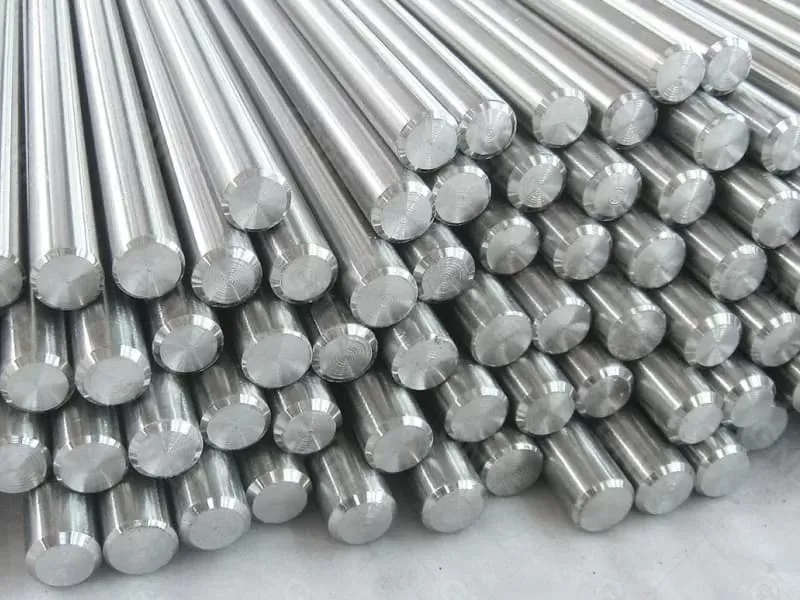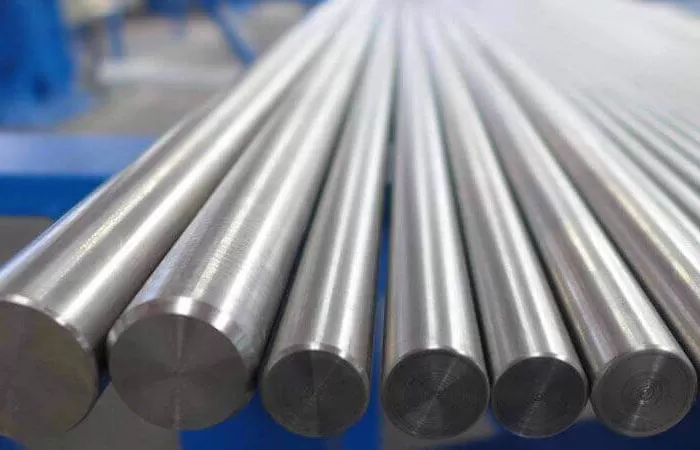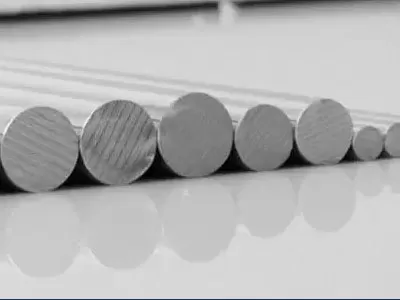
As the global energy landscape moves toward carbon neutrality, hydrogen technologies have surged to the forefront. Yet hydrogen, while clean, is also the most insidious embrittler known to metallurgists. It diffuses rapidly, destabilizes microstructures, and silently triggers cracking. In this new hydrogen economy, Inconel 625 (UNS N06625) — a Ni-Cr-Mo-Nb solid-solution alloy — has re-emerged as a hero material bridging safety and performance.
Decades of experimental evidence, including early NASA screening of nickel alloys for rocket applications, placed Inconel 625 among the least hydrogen-susceptible candidates. Recent diffusion-trapping studies (2024–2025) confirm its moderate hydrogen permeability but emphasize a crucial caveat: at cathodic potentials near −1050 mV Ag/AgCl, even 625 can accumulate hydrogen within defects and dislocation networks.
Permeation coefficients from 10⁻¹⁵ to 10⁻¹⁴ m²/s at 10–40 °C indicate that hydrogen ingress, while slow, is not negligible — meaning microstructural design and surface engineering remain decisive.
In cathodically charged tensile tests, hydrogen slightly reduces elongation and shifts fracture mode from ductile micro-void coalescence to quasi-cleavage along NbC or γ″ precipitate interfaces. Additive-manufactured 625 components (via WAAM or DED) show enhanced sensitivity due to residual stress fields and fine dendritic cells, underscoring the importance of homogenizing heat treatments before hydrogen service.
Bar stock is the most controllable form for hydrogen infrastructure. Machined and solution-annealed bars become:
Manifold connectors and flanges in reforming and electrolysis units;
Support rings or inner liners in hydrogen-rich gas turbines;
Skeleton rods and fasteners in catalytic reformers and high-pressure pipelines.
Grade 2 Inconel 625, specifically tailored for creep resistance, withstands 600–900 °C under mixed H₂–CO–H₂O atmospheres common in syngas reactors. Its yield strength, coupled with its outstanding oxidation and corrosion resistance, ensures structural integrity where both hydrogen and temperature coexist.
To fully harness 625 in hydrogen systems, engineers must treat hydrogen control as a design variable:
Heat treatment discipline — Precise solution annealing (≈ 1150 °C) dissolves δ-phase and minimizes trapping sites.
Surface conditioning — Nitriding, oxidation pre-coats, or thin Al₂O₃ films reduce hydrogen uptake.
Geometry awareness — Include vent grooves or micro-escape paths to mitigate trapped gas under cyclic load.
Empirical fatigue models — Always verify fatigue thresholds under hydrogen exposure; lab-measured fracture toughness may drop by 20–30%.
Hydrogen systems test the limits of metallurgy. Inconel 625’s combination of ductility, strength, and corrosion resistance makes it indispensable for the next decade of hydrogen combustion and transport hardware. Future research will likely couple 625 with hydrogen-barrier coatings and AI-driven life modeling — ensuring that this half-century-old alloy continues fueling a brand-new energy era.

2025-11-19 14:09:22

2025-11-07 17:27:49

2025-11-05 15:44:44

25th floor, C3 Building, Wanda Plaza, Kaifu District, Changsha, Hunan Province, China